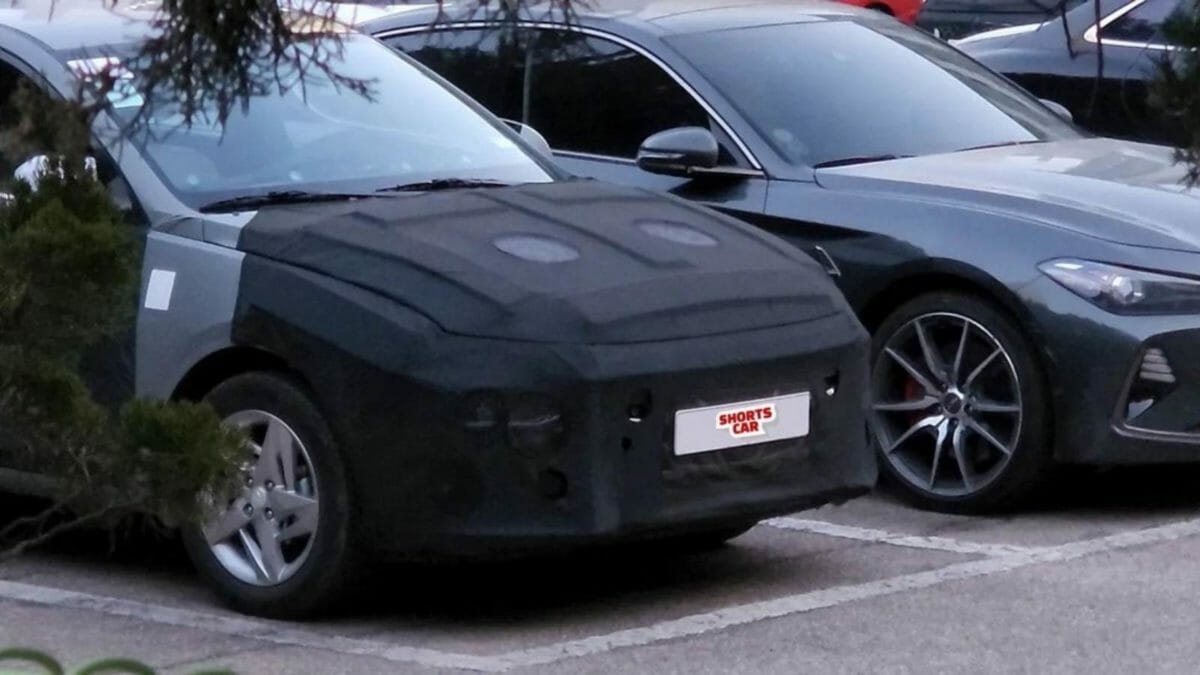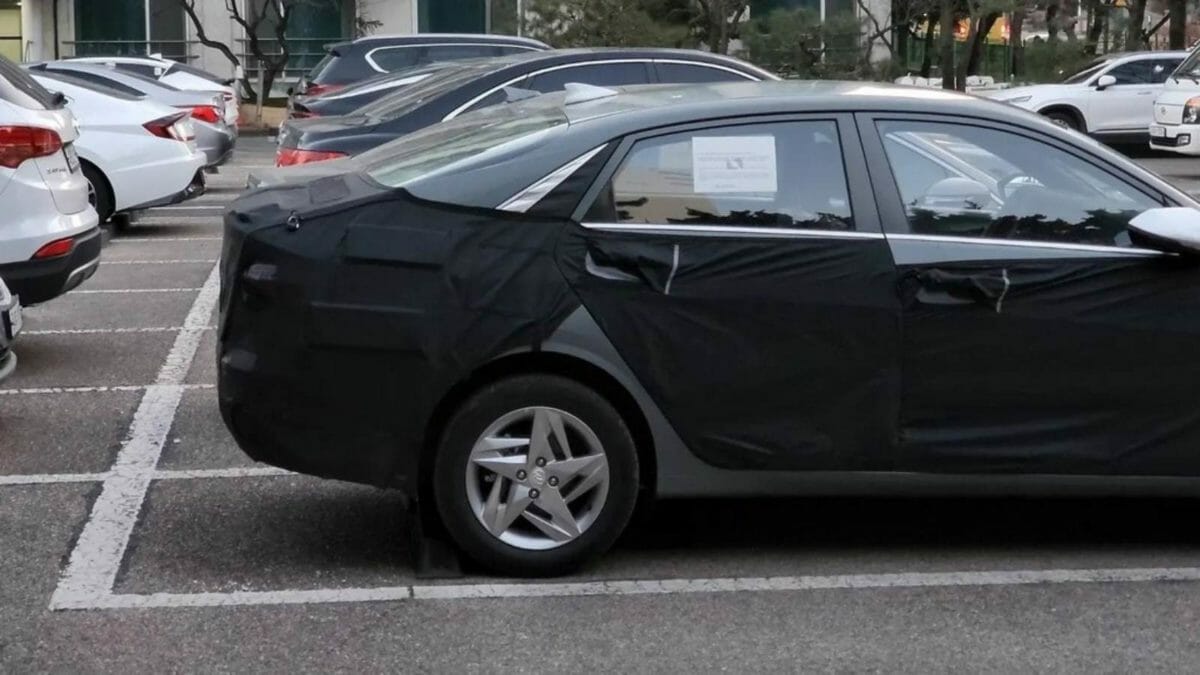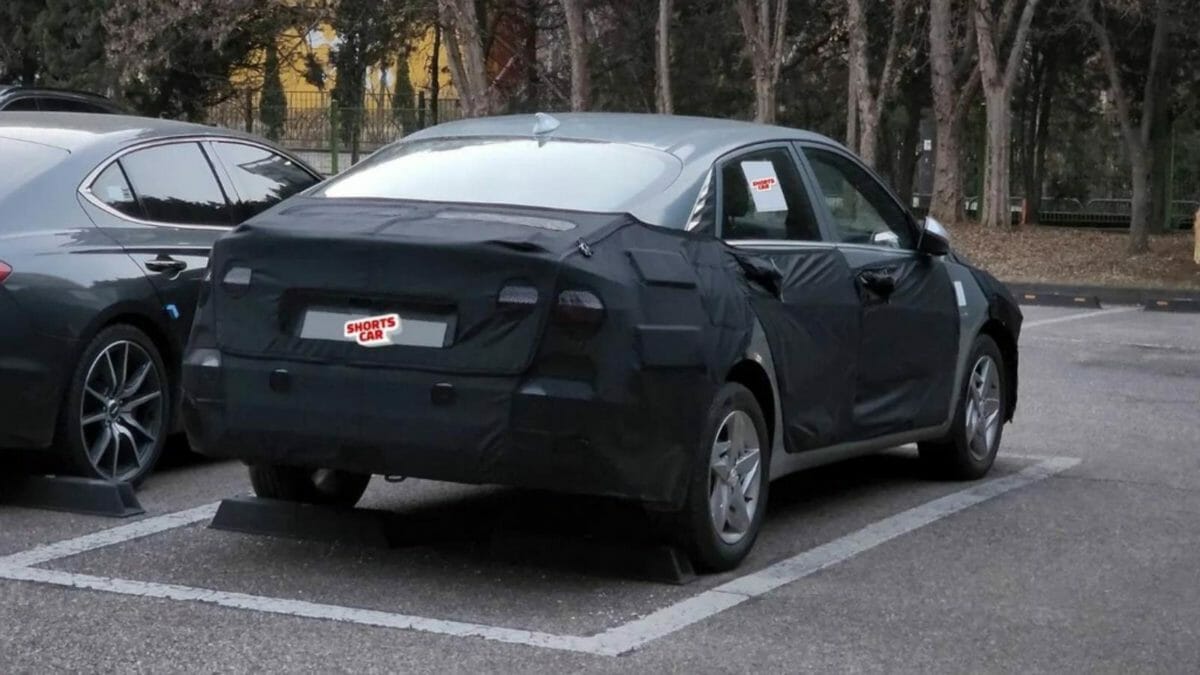The year 2022 is set to be very busy for Hyundai. The Venue facelift, Venue N Line, facelifted Creta and next-gen Tucson will be hitting our shores soon this year. However, Hyundai is also developing the new Verna for the international markets. We now get to take a closer look at the sedan thanks to a new set of spy shots. Let’s take a look at what to expect from it:

What to expect
Though the test mule is heavily camouflaged, we can make out some finer details in the design of the next-gen Verna. The new Verna’s design language will be similar to the new Sonata and Elantra which are currently on sale abroad. This will be similar to the case of the facelifted Creta looking similar to the next-gen Tucson. The front will get a wide grille which will merge with the LED headlamps which seem to be placed much lower down. Expect a projector setup for the fog lamp.

\The wheels will remain 16-inches in size but expect a new design. The rear will feature a sloping coupe-like roofline and sharkfin antenna. Expect a new set of sharp LED taillamps. Though details are scarce at the moment, we can expect the next-gen Verna to be loaded to the gills with features. Expect a dual-tone beige and black interior and switchgear borrowed from other Hyundai cars. In terms of features, one can expect a fully digital instrument cluster, touchscreen infotainment system with smartphone compatibility, BlueLink Telematics System, auto-dimming electro-chromatic mirror, automatic headlamps, cruise control, automatic AC, wireless phone charging, ventilated seats, single touch electric sunroof, keyless entry with push-button start/stop and many more.

Expect the space to improve as well as it is expected to grow in terms of dimensions. The next-gen Verna is expected to carry over the powertrain options from the current Verna. The first engine is a 1.5-liter naturally aspirated petrol engine, which produces 113bhp of power and 144Nm of torque. It comes mated to a 6-speed manual or a CVT. There is a 1.0-liter turbo petrol engine paired to a 7-speed DCT, which helps it produce 118bhp of power and 172Nm of torque. The other option is a 1.5-liter diesel engine paired to a 6-speed manual and automatic gearboxes, which helps it produce 113bhp of power and 250Nm of torque.
